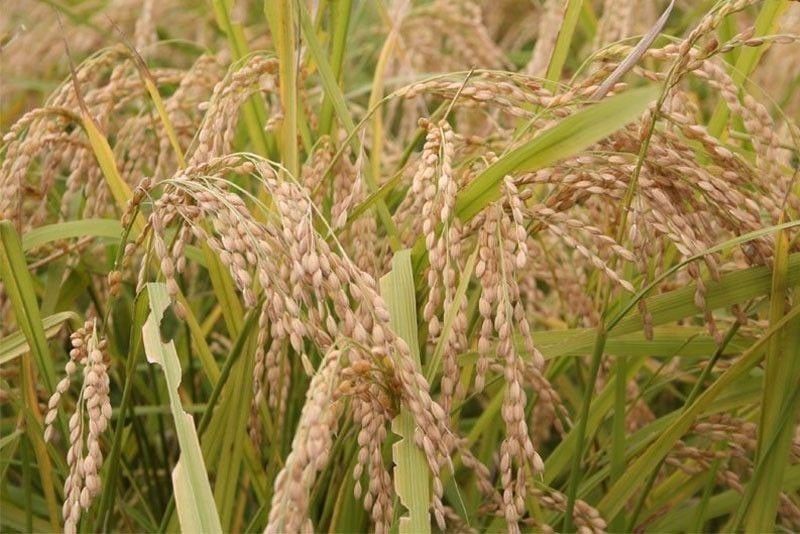Higher palay output still expected this year

MANILA, Philippines — The Philippines still expects higher local palay (unhusked rice) production this year despite the string of typhoons that hit the country.
The Department of Agriculture sees total palay output hitting 19.32 million metric tons, 2.7 percent higher than last year’s 18.81 million MT.
This is five percent lower than the original target of 20.34 million MT for 2020.
“The rice sector has been doing well amid the pandemic. For the first three quarters, rice production reached 11.9 million MT, exceeding initial expectations. But then, the typhoons came affecting our major rice producing provinces,” Agriculture Secretary William Dar said.
“Due to the series of typhoons, we lost about 322,041 MT of palay, roughly equivalent to an eight-day rice supply,” he said.
Because of this, the adequacy level has gone down to 90 percent from the earlier target of 93 percent.
The country’s total rice requirement is 21 million MT excluding the buffer stock of 30 days as required by the National Food Authority.
For next year, the DA has set an initial target of 20.48 million MT of palay, up six percent if this year’s target output will be achieved.
To achieve this, Dar said the DA would optimize the use of both quality inbred and hybrid seeds for rain-fed and irrigated areas nationwide, and improve efficiency in the allocation and distribution of the P10 billion rice fund for farm machinery, inbred rice seeds, credit, training and extension.
The DA will also promote rice varieties preferred by consumers to provide higher incomes, as well as boost climate resiliency programs among farmers to reduce crop losses during typhoons.
“This is where the Adaptation and Mitigation Initiative on Agriculture will come into play. We will be piloting more AMIA villages in the regions, provinces and towns to enable local communities to manage climate risks while pursuing sustainable livelihood vision climate-resilient agriculture,” Dar said.
- Latest
- Trending





























